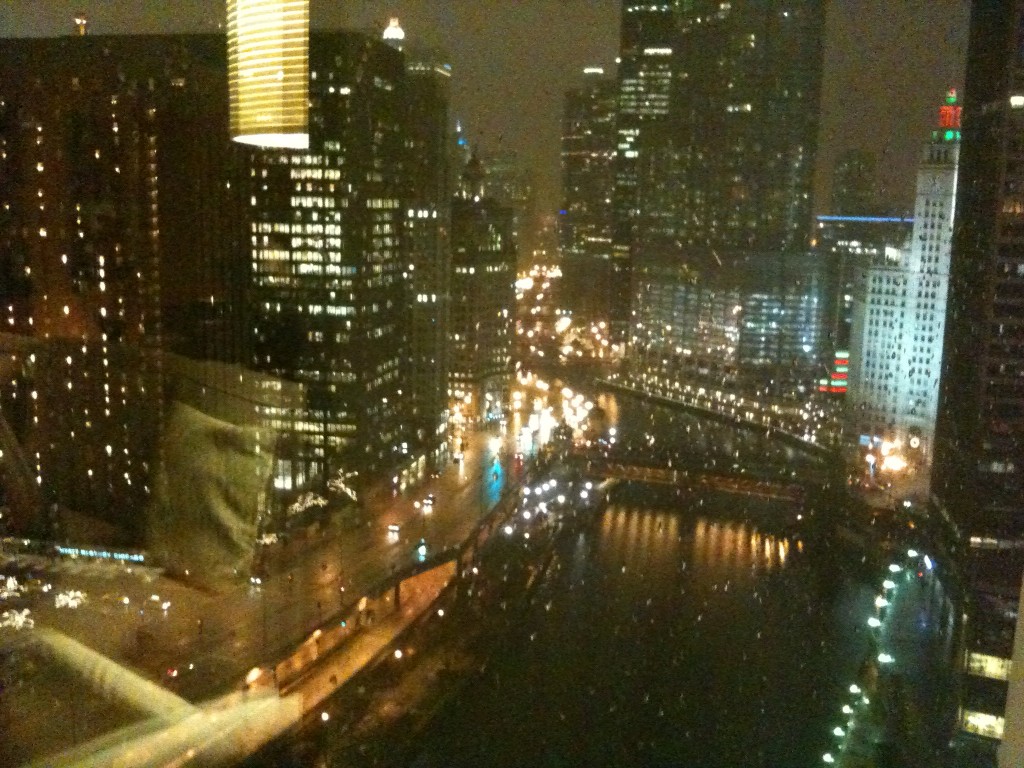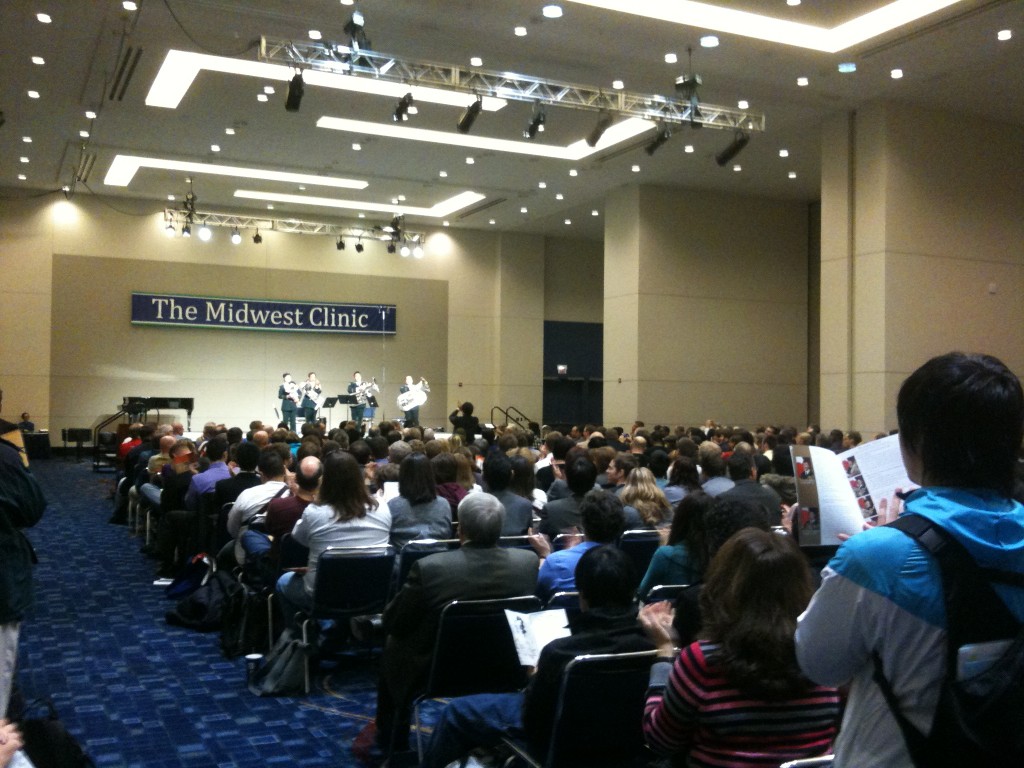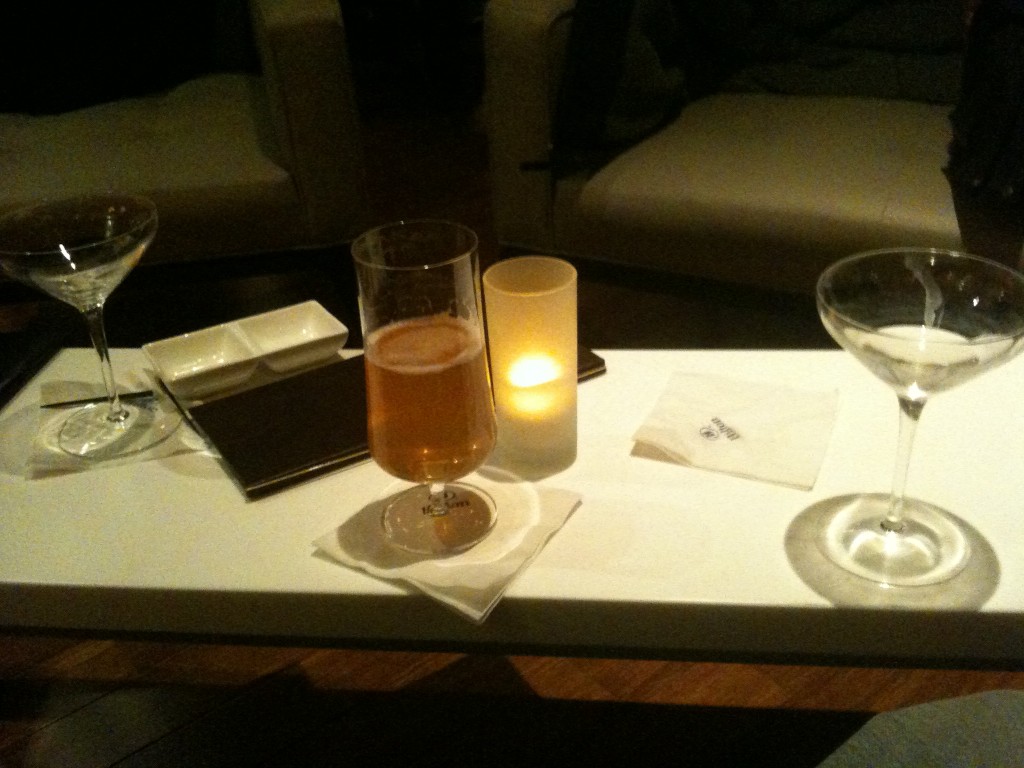I love the clarinet part in the beginning that goes between registers so fluidly. The whole thing is great, in my opinion.
Author Archives: Alex
Hero Theme – Eddard Stark
A theme I wrote for the character from the Song of Ice and Fire series of books (or the more commonly known HBO series: Game of Thrones).
Partch and Experimentalism
I’m currently engrossed in Kyle Gann’s “American Music in the Twentieth Century”. In reading a section on Partch’s experimental scale using 43 divisions of the octave I was reminded of a chart I found a few years ago when I was studying intonation which was created by Gann around 1998. It is called “Anatomy of an Octave” and it is located on his website here: http://www.kylegann.com/Octave.html. Of further interest is another section on his website where he defends his own use of just intonation in his compositions. In this section, as he lists his reasons, he says “I don’t see how Partch kept 43 pitches in his head. To get the accuracy I need for 7th and 11th harmonics, I need to be able to have pitches as close as 15 cents apart. To use an equal-tempered scale that would give me pitches that close would require more than 60 pitches per octave, and I only have 128 pitches in my MIDI controls and 61 keys on my keyboard. Just intonation gives me criteria for choosing only the pitches I need and leaving out all the rest.”
This led me to wonder…did Partch really keep 43 pitches in his head? Or did he use some sort of approximation based on scales he had already studied, such as the Western 12 note scale? If we look at the scale Gann gives us in Chapter 4, we can see that each of the normal diatonic pitches is included, listed as follows:
- half-tone (close to an equal temp. half-step)
- major/minor whole tone (close to an equal temp. whole step)
- the rest are listed as normal (i.e. major 3rd, perfect 4th, etc.) however they are tuned according to just intonation
Also keep in mind that, as Gann explains, this scale was based on G as the tonic. So the “just intonation” intervals are consonant only in that respect, however, with 43 divisions of the octave you have a greater chance of being “close” to a consonance that wouldn’t otherwise exist in equal temperament. At any rate, it is hard to say whether or not Partch used equal temperament as a tool to help him hear his own scale; perhaps he could hear 43 distinct pitches as Gann suggests. You can hear some of this scale on his adapted reed organ in this BBC video, around 4:25
I’m not sure if this recording of the “eight hitchhiker inscriptions from a highway railing at Barstow” was recorded by Partch or John Schneider, as the video has two conflicting descriptions, one in the comments and one in the actual video description.
Either way, you can hear the entire recording. Two things struck me about the performance. First, even with the experimental sounds he uses the music is fairly approachable, given the subject matter, use of spoken word, and easy to digest melody. He returns to the same chord every time he moves to a new “inscription” as he announces the number which lends a very recognizable structure.
Angry Byrd
Midwest Clinic 2011
I had a great time at the Midwest Clinic in Chicago. I spent a lot of time hanging out at the Ithaca booth talking to potential students and parents, but I also met a lot of amazing people.
View of the city from our 31st story room in the Sheraton.

Navy Pier was dark and scary once you passed the entrance.

“The Japan Tubists”, from the Japan Army (euphonium and tuba players). They were scrumtrulescent. There was standing room for the extra 50 to 60 people that couldn’t find seats…like me.

And finally, drinks at the infamous Hilton Towers bar. John Mackey and the Boston Brass were hanging out here but I couldn’t get a picture of them…as they were often thronged by crowds.








